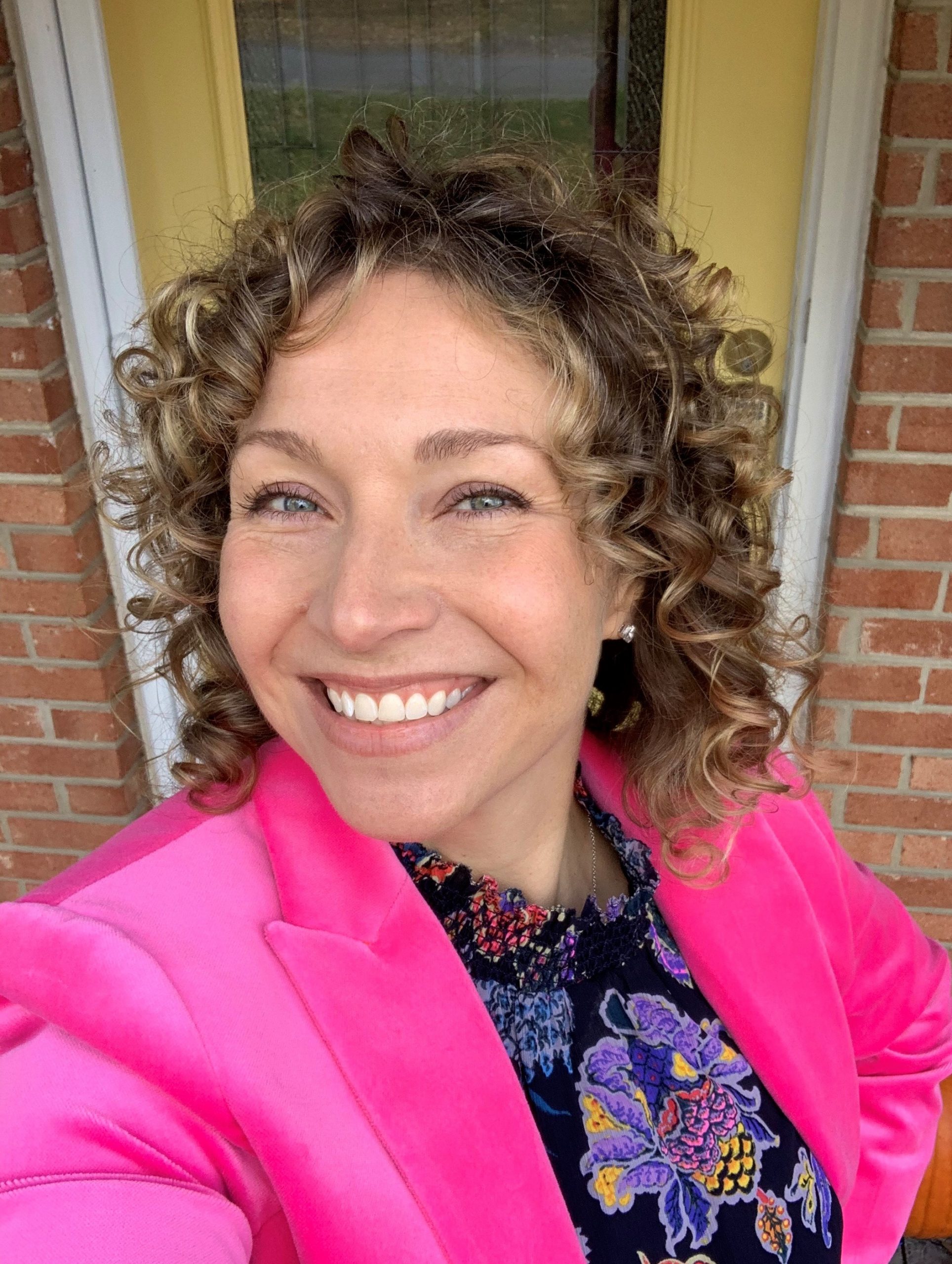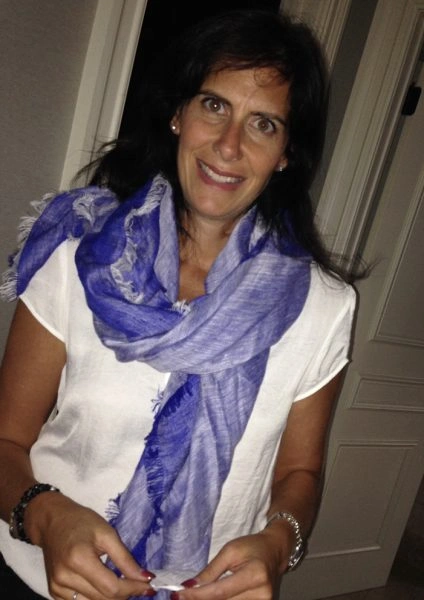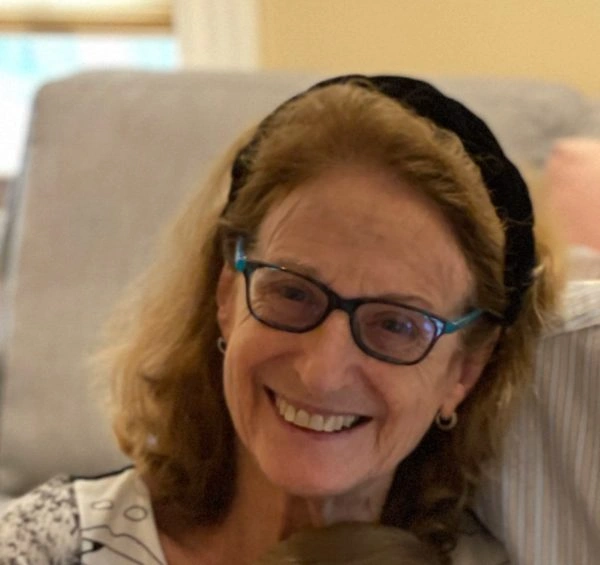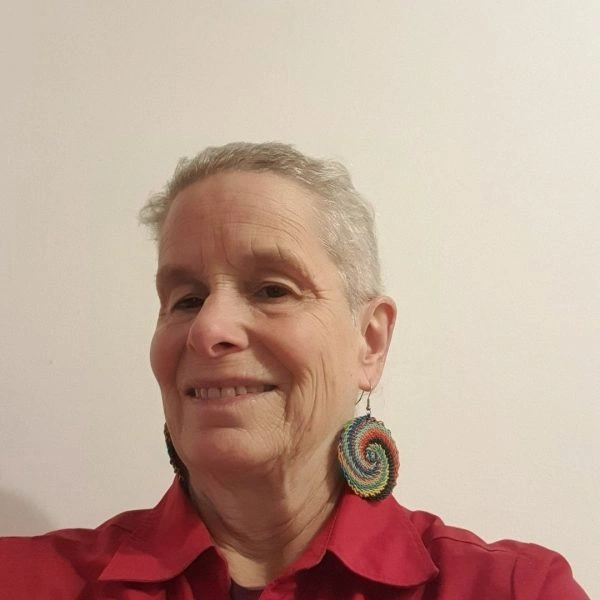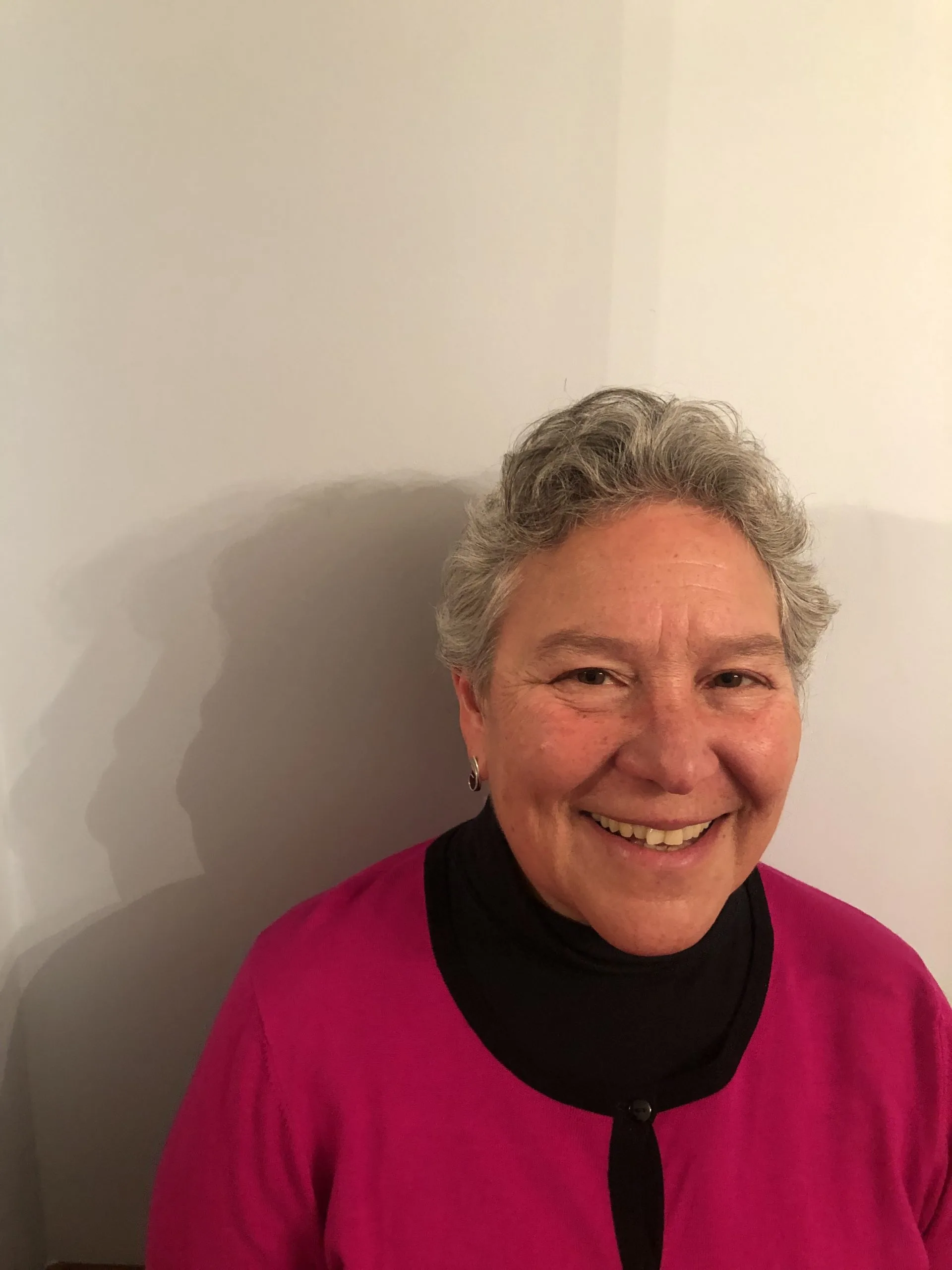Bava Batra 99
הָא קָא מַשְׁמַע לַן – לְמַטָּה כִּלְמַעְלָה; מָה לְמַעְלָה אֵין מְשַׁמֵּשׁ כְּלוּם, אַף לְמַטָּה אֵין מְשַׁמֵּשׁ כְּלוּם.
The verse teaches us this: The area below the cherubs is like the area above them; just as the area above the cherubs’ wings, which were spread out in the air, was not used for anything, i.e., it was empty space, so too the area below them was not used for anything and was empty.
מְסַיַּיע לֵיהּ לְרַבִּי לֵוִי – דְּאָמַר רַבִּי לֵוִי, וְאִיתֵּימָא רַבִּי יוֹחָנָן: דָּבָר זֶה מָסוֹרֶת בְּיָדֵינוּ מֵאֲבוֹתֵינוּ – מְקוֹם אָרוֹן וּכְרוּבִים אֵינוֹ מִן הַמִּדָּה. תַּנְיָא נָמֵי הָכִי: אָרוֹן שֶׁעָשָׂה מֹשֶׁה, יֵשׁ לוֹ רֶיוַח עֶשֶׂר אַמּוֹת לְכׇל רוּחַ וְרוּחַ.
This supports the opinion of Rabbi Levi, as Rabbi Levi said, and some say it was Rabbi Yoḥanan who said: This matter is a tradition handed down to us by our ancestors: The space occupied by the Ark of the Covenant and the cherubs is not included in the measurement of the Holy of Holies in which it rested, as miraculously it did not occupy any space at all. The Gemara comments: This is also taught in a baraita: When they brought the Ark that Moses crafted into the Holy of Holies in the Temple of King Solomon, even though the total width of the Holy of Holies was only twenty cubits, nevertheless the Ark had ten cubits of empty space between it and the wall in each and every direction.
אָמַר רַבְנַאי אָמַר שְׁמוּאֵל: כְּרוּבִים – בְּנֵס הֵן עוֹמְדִין, שֶׁנֶּאֱמַר: ״וְחָמֵשׁ אַמּוֹת כְּנַף הַכְּרוּב הָאֶחָת, וְחָמֵשׁ אַמּוֹת כְּנַף הַכְּרוּב הַשֵּׁנִית, עֶשֶׂר אַמּוֹת מִקְצוֹת כְּנָפָיו וְעַד קְצוֹת כְּנָפָיו״. גּוּפַיְיהוּ הֵיכָא הֲווֹ קָיְימִי? אֶלָּא שְׁמַע מִינַּהּ: בְּנֵס הֵן עוֹמְדִין.
Rabbenai says that Shmuel says: The cherubs stood miraculously and did not occupy any physical space, as it is stated: “And five cubits was one wing of the cherub, and five cubits was the second wing of the cherub; ten cubits from the tip of its wings until the tip of its wings” (I Kings 6:24). Accordingly, the wings of two cherubs, standing side by side, would occupy the entire twenty cubits width of the Sanctuary. But if so, where, in what space, were their bodies standing? Since their wings alone, which protruded from the sides of cherubs’ bodies, occupied twenty cubits, there was no room left in which their bodies could stand. Rather, one must conclude from the verse that the cherubs stood miraculously and did not occupy any physical space.
מַתְקֵיף לַהּ אַבָּיֵי: וְדִלְמָא בּוֹלְטִין כְּתַרְנְגוֹלִין הֲווֹ קָיְימִי! מַתְקֵיף לַהּ רָבָא: וְדִלְמָא זֶה שֶׁלֹּא כְּנֶגֶד זֶה הֲווֹ קָיְימִי! מַתְקֵיף לַהּ רַב אַחָא בַּר יַעֲקֹב: וְדִלְמָא בַּאֲלַכְסוֹנָא הֲווֹ קָיְימִי!
Abaye objects to this proof: But perhaps they stood with their bodies emerging beneath their wings, like chickens, with their wings protruding above them from the same point in the center of their backs. If so, their bodies would stand beneath their wings and would not occupy any additional space. Rava also objects to this proof: But perhaps they stood so that this one was not next to that one and the wings of the two cherubs overlapped, thereby allowing for the additional space occupied by their bodies. Rav Aḥa bar Yaakov also objects to this proof: But perhaps they were standing in a diagonal [ba’alakhsona] alignment from one corner of the Holy of Holies to the diagonally opposite corner. In this way there would be enough space for their bodies and their wings.
מַתְקֵיף לַהּ רַב הוּנָא בְּרֵיהּ דְּרַב יְהוֹשֻׁעַ: וְדִלְמָא בֵּיתָא מֵעִילַּאי רָוַוח! מַתְקֵיף לַהּ רַב פָּפָּא: וְדִלְמָא מִיכָּף הֲווֹ כָּיְיפִי יְדַיְיהוּ! מַתְקֵיף לַהּ רַב אָשֵׁי: וְדִלְמָא שַׁלְחוֹפֵי הֲווֹ מְשַׁלְחֲפִי!
Rav Huna son of Rav Yehoshua also objects to this proof: But perhaps the width of twenty cubits stated in the verse refers only to the width at ground level, whereas the room widened at the top and was therefore able to accommodate both their wings and the width of the bodies. Rav Pappa also objects to this proof: But perhaps they were folding their wings somewhat; since their wings were not fully extended they did not actually fill the full twenty cubits of the Sanctuary. Rav Ashi also objects to this proof: But perhaps their wings crossed over one another, so that they did not occupy so much space.
כֵּיצַד הֵן עוֹמְדִין? רַבִּי יוֹחָנָן וְרַבִּי אֶלְעָזָר; חַד אָמַר: פְּנֵיהֶם אִישׁ אֶל אָחִיו, וְחַד אָמַר: פְּנֵיהֶם לַבַּיִת. וּלְמַאן דְּאָמַר פְּנֵיהֶם אִישׁ אֶל אָחִיו, הָא כְּתִיב: ״וּפְנֵיהֶם לַבַּיִת״! לָא קַשְׁיָא; כָּאן בִּזְמַן שֶׁיִּשְׂרָאֵל עוֹשִׂין רְצוֹנוֹ שֶׁל מָקוֹם, כָּאן בִּזְמַן שֶׁאֵין יִשְׂרָאֵל עוֹשִׂין רְצוֹנוֹ שֶׁל מָקוֹם.
§ Continuing its focus on the cherubs, the Gemara asks: How were the cherubs standing? Rabbi Yoḥanan and Rabbi Elazar disagree about this. One says: Their faces were turned one toward the other. And one says: Their faces were turned toward the House, i.e., the Sanctuary. The Gemara asks: But according to the one who says that their faces were turned one toward the other, isn’t it written: “And their faces were toward the House” (II Chronicles 3:13)? How does he explain the meaning of this verse? The Gemara answers: This is not difficult, as their faces miraculously changed directions in reflection of the Jewish people’s relationship to God. Here, when it states that the cherubs faced each other, it was when the Jewish people do the will of God. There, the verse that describes that the cherubs faced the Sanctuary and not toward each other, was when the Jewish people do not do the will of God.
וּלְמַאן דְּאָמַר ״וּפְנֵיהֶם לַבַּיִת״, הָא כְּתִיב: ״וּפְנֵיהֶם אִישׁ אֶל אָחִיו״! דִּמְצַדְּדִי אַצְדּוֹדֵי – דְּתַנְיָא, אוּנְקְלוֹס הַגֵּר אָמַר: כְּרוּבִים – ״מַעֲשֵׂה צַעֲצֻעִים״ הֵן, וּמְצוֹדְדִים פְּנֵיהֶם כְּתַלְמִיד הַנִּפְטָר מֵרַבּוֹ.
The Gemara asks: And according to the one who says they stood as described in the verse: “And their faces were toward the House,” isn’t it written: “With their faces one toward the other” (Exodus 25:20). How does he explain the meaning of this verse? The Gemara answers: They were angled sideways so that they turned both to each other and toward the Sanctuary, as it is taught in a baraita: Onkelos the Convert said that the cherubs were of the form of children, as the verse states: “And in the Holy of Holies he made two cherubim of the form of children; and they overlaid them with gold” (II Chronicles 3:10), and their faces were angled sideways toward the Ark of the Covenant, like a student taking leave of his teacher.
מַתְנִי׳ מִי שֶׁיֵּשׁ לוֹ בּוֹר לִפְנִים מִבֵּיתוֹ שֶׁל חֲבֵירוֹ – נִכְנָס בְּשָׁעָה שֶׁדֶּרֶךְ בְּנֵי אָדָם נִכְנָסִין, וְיוֹצֵא בְּשָׁעָה שֶׁדֶּרֶךְ בְּנֵי אָדָם יוֹצְאִין. וְאֵינוֹ מַכְנִיס בְּהֶמְתּוֹ וּמַשְׁקָהּ מִבּוֹרוֹ, אֶלָּא מְמַלֵּא וּמַשְׁקָהּ מִבַּחוּץ. וְזֶה עוֹשֶׂה לוֹ פּוֹתַחַת, וְזֶה עוֹשֶׂה לוֹ פּוֹתַחַת.
MISHNA: One who has ownership of a cistern located beyond the house of another, i.e., the cistern can be accessed only by entering the property of the other, and also has access rights to that cistern, may enter the house to access his cistern only at a time when it is usual for people to enter, and may leave only at a time when it is usual for people to leave. And in addition, he may not bring his animal into the house and water it from his cistern; rather, he must fill a pail with water from the cistern and water his animal outside. And this one, the owner of the cistern, constructs for himself a lock on the entrance to the cistern to prevent the homeowner from drawing water from it, and that one, the homeowner, constructs for himself a lock.
גְּמָ׳ פּוֹתַחַת לְהֵיכָא? אֲמַר רַבִּי יוֹחָנָן: שְׁנֵיהֶם לַבּוֹר. בִּשְׁלָמָא בַּעַל הַבּוֹר, בָּעֵי לְאִשְׁתַּמּוֹרֵי מַיָּא דְּבוֹרֵיהּ; אֶלָּא בַּעַל הַבַּיִת – לְמָה לֵיהּ? אָמַר רַבִּי אֶלְעָזָר:
GEMARA: The mishna states that the owner of the cistern and the homeowner each construct a lock. The Gemara asks: A lock to where? Rabbi Yoḥanan says: Both of them construct a lock on the opening to the cistern to prevent the other from accessing it unilaterally. The Gemara asks: Granted, the owner of the cistern constructs a lock, as he wants to protect the water of his well. But why does the homeowner construct a lock? Rabbi Elazar said:
מִשּׁוּם חֲשַׁד אִשְׁתּוֹ.
He does so due to a suspicion that the owner of the cistern might enter the house at a time when the owner of the house is not present, and thereby be secluded together in the house with the homeowner’s wife.
מַתְנִי׳ מִי שֶׁיֵּשׁ לוֹ גִּינָּה לִפְנִים מִגִּינָּתוֹ שֶׁל חֲבֵרוֹ – נִכְנָס בְּשָׁעָה שֶׁדֶּרֶךְ בְּנֵי אָדָם נִכְנָסִים, וְיוֹצֵא בְּשָׁעָה שֶׁדֶּרֶךְ בְּנֵי אָדָם יוֹצְאִין; וְאֵינוֹ מַכְנִיס לְתוֹכָהּ תַּגָּרִין; וְלֹא יִכָּנֵס מִתּוֹכָהּ לְתוֹךְ שָׂדֶה אַחֶרֶת; וְהַחִיצוֹן זוֹרֵעַ אֶת הַדֶּרֶךְ.
MISHNA: One who has ownership of a garden located beyond the garden of another, and also has access rights to it, may enter his garden only at a time when it is usual for people to enter, and may leave only at a time when it is usual for people to leave. Furthermore, he may not bring merchants into his garden, and he may not enter the garden solely in order to use it as a passageway, to enter from it into another field. And the owner of the outer garden may sow the path leading to the inner garden.
נָתְנוּ לוֹ דֶּרֶךְ מִן הַצַּד מִדַּעַת שְׁנֵיהֶן – נִכְנָס בְּשָׁעָה שֶׁהוּא רוֹצֶה, וְיוֹצֵא בְּשָׁעָה שֶׁרוֹצֶה; וּמַכְנִיס לְתוֹכָהּ תַּגָּרִין. וְלֹא יִכָּנֵס מִתּוֹכָהּ לְתוֹךְ שָׂדֶה אַחֶרֶת. זֶה וָזֶה אֵינָן רַשָּׁאִים לְזוֹרְעָהּ.
If the court gave him an access path from the side of the outer garden, with the agreement of both of them, he may enter at any time he wants, and leave at any time he wants, and may bring merchants into the inner garden. But he may still not enter the garden solely in order to enter from it into another field. In such a case, neither this one, the owner of the inner garden, nor that one, the owner of the outer garden, is permitted to plant that side path.
גְּמָ׳ אָמַר רַב יְהוּדָה אָמַר שְׁמוּאֵל: ״אַמָּה בֵּית הַשְּׁלָחִין אֲנִי מוֹכֵר לָךְ״ – נוֹתֵן לוֹ שְׁתֵּי אַמּוֹת לְתוֹכָהּ, וְאַמָּה מִכָּאן וְאַמָּה מִכָּאן לַאֲגַפֶּיהָ. ״אַמָּה בֵּית הַקִּילוֹן אֲנִי מוֹכֵר לָךְ״ – נוֹתֵן לוֹ אַמָּה אַחַת לְתוֹכָהּ, וַחֲצִי אַמָּה מִכָּאן וַחֲצִי אַמָּה מִכָּאן לַאֲגַפֶּיהָ.
GEMARA: Rav Yehuda says that Shmuel says: If a field owner says to another: I am selling you from my land a water channel fit for bringing water to an irrigated field, he is required to give him land two cubits wide for the inside of the channel, and one cubit on this side and one cubit on that side for its banks. If he said to him: I am selling you a shadoof [kilon] channel, he is required to give him land one cubit wide for the inside of the channel and half a cubit on this side and half a cubit on that side for its banks.
וְאוֹתָן אֲגַפַּיִים – מִי זוֹרְעָם? רַב יְהוּדָה אָמַר שְׁמוּאֵל: בַּעַל הַשָּׂדֶה זוֹרְעָם, רַב נַחְמָן אָמַר שְׁמוּאֵל: בַּעַל הַשָּׂדֶה נוֹטְעָם. מַאן דְּאָמַר זוֹרְעָם – כׇּל שֶׁכֵּן נוֹטְעָם. וּמַאן דְּאָמַר נוֹטְעָם – אֲבָל זוֹרְעָם לָא, חַלְחוֹלֵי מְחַלְחֲלִי.
The Gemara asks: And with regard to those banks, who has permission to sow them? Rav Yehuda says that Shmuel says: The field owner may sow them with vegetables or crops. Rav Naḥman says that Shmuel says: The field owner may plant them with trees. The Gemara elaborates: The one who says that the field owner may sow them holds that all the more so he may plant them with trees. And the one who says that he may plant them with trees holds that he may only plant trees, but sowing them with other plants is not permitted. This is because the roots perforate the ground, which weakens it and can cause damage to the water channel.
וְאָמַר רַב יְהוּדָה אָמַר שְׁמוּאֵל: אַמַּת הַמַּיִם שֶׁכָּלוּ אֲגַפֶּיהָ – מְתַקְּנָהּ מֵאוֹתָה שָׂדֶה; בְּיָדוּעַ שֶׁלֹּא כָּלוּ אֲגַפֶּיהָ אֶלָּא בְּאוֹתָהּ שָׂדֶה.
§ And Rav Yehuda says that Shmuel says: With regard to a water channel whose banks collapsed, the owner of the channel may repair it with earth from that field through which the channel runs, even though the field does not belong to him. It is permitted because it is known that when its banks collapsed the earth that the banks were made from spread only into that surrounding field.
מַתְקֵיף לַהּ רַב פָּפָּא, וְלֵימָא לֵיהּ: מַיָּיךְ אַשְׁפְּלוּהָ לְאַרְעָיךְ! אֶלָּא אָמַר רַב פָּפָּא: שֶׁעַל מְנָת כֵּן קִבֵּל עָלָיו בַּעַל הַשָּׂדֶה.
Rav Pappa objects to this: But let the field owner say to the owner of the channel: Your water in your channel carried away your earth from your banks, so you have no right to take earth from my field. Rather, Rav Pappa said he may repair the banks with earth from the field because when the field owner sold the rights to the channel he accepted that condition upon himself.
מַתְנִי׳ מִי שֶׁהָיְתָה דֶּרֶךְ הָרַבִּים עוֹבֶרֶת לְתוֹךְ שָׂדֵהוּ; נְטָלָהּ וְנָתַן לָהֶם מִן הַצַּד – מַה שֶּׁנָּתַן נָתַן, וְשֶׁלּוֹ לֹא הִגִּיעוֹ.
MISHNA: In the case of one who had a public thoroughfare passing through his field, and he appropriated it and instead gave the public an alternative thoroughfare on the side of his property, the halakha is that the thoroughfare that he gave them, he gave them, and they may use it. But the original thoroughfare that he took for himself has not reached him, i.e., he cannot appropriate it for his personal use.
דֶּרֶךְ הַיָּחִיד – אַרְבַּע אַמּוֹת. דֶּרֶךְ הָרַבִּים – שֵׁשׁ עֶשְׂרֵה אַמָּה. דֶּרֶךְ הַמֶּלֶךְ – אֵין לָהּ שִׁיעוּר. דֶּרֶךְ הַקֶּבֶר – אֵין לָהּ שִׁיעוּר. הַמַּעֲמָד – דַּיָּינֵי צִפּוֹרִי אָמְרוּ: בֵּית אַרְבָּעָה קַבִּין.
The standard width of a private path is four cubits. If a field owner sells the right to pass through his field to an individual, without specifying the width of the path, he must provide him with a path four cubits wide. The standard width of a public thoroughfare is sixteen cubits. The width of a king’s thoroughfare has no maximum measure, as the king may appropriate whatever width thoroughfare he wishes. The width of the path for the burial procession to a grave has no maximum measure. With regard to the practice of standing and comforting the mourners following a funeral, the judges of Tzippori said that the standard requisite size is the area required for sowing four kav of seed.
גְּמָ׳ אַמַּאי שֶׁלּוֹ לֹא הִגִּיעוֹ? לִינְקוֹט פַּזְרָא וְלִיתֵּיב! שָׁמְעַתְּ מִינַּהּ לָא עָבֵיד אִינִישׁ דִּינָא לְנַפְשֵׁיהּ – אֲפִילּוּ בִּמְקוֹם פְּסֵידָא?
GEMARA: The Gemara asks: Why does the mishna rule that the public thoroughfare that the landowner took for himself has not reached him? If by making the exchange the original thoroughfare now belongs to him, let him take a stick [pazra] and sit on the thoroughfare and physically prevent anyone from passing through. Apparently, the Sages did not permit him to do so. The Gemara suggests: Does it follow that one can conclude from the mishna’s ruling that a person may not execute judgment for himself even in circumstances where refraining from acting will cause him a loss? This would contradict the accepted halakha that one may do so.
אָמַר רַב זְבִיד מִשְּׁמֵיהּ דְּרָבָא: גְּזֵירָה שֶׁמָּא יִתֵּן לָהֶן דֶּרֶךְ עֲקַלָּתוֹן. רַב מְשַׁרְשְׁיָא מִשְּׁמֵיהּ דְּרָבָא אָמַר: בְּנוֹתֵן לָהֶם דֶּרֶךְ עֲקַלָּתוֹן.
Rav Zevid said in the name of Rava: Although generally one may do so, in this case the Sages issued a decree prohibiting it, lest he give them a circuitous route that will lengthen the distance the public will have to travel. Rav Mesharshiyya said in the name of Rava that the ruling of the mishna applies only where he actually gives them a circuitous route instead of the original straight thoroughfare. But one may exchange a public thoroughfare for an equally straight thoroughfare, appropriating the original for his personal use.






